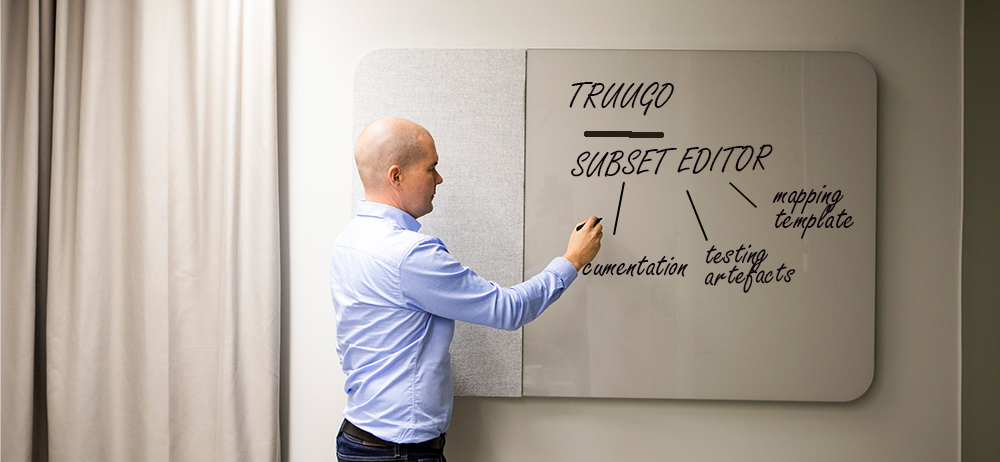In our previous blogs, we covered the pitfalls of message validation. What happens when documentation is thrown into the mix? The message documentation and the implementation of technical validation artifacts have traditionally been two separate work phases. This can often lead to problems. Which problems reoccur in nearly every company, and how do you start to solve them?
The most common problems when documentation and implementation are disconnected
- Separate procedures
- Different work phases for the implementation and documentation create a lot of resource overhead. Separate working procedures require communication, scheduling, and workforce just to keep those two processes going.
- Keeping separate phases creates additional work. All the people working on the documentation need to review the changes the people working on the implementation create.
- When documentation is produced separately, its quality cannot be trusted. Thus, the actual requirements can only be inspected by reviewing the system code. All of this increases the risks and costs of even minor changes in personnel.
- Different people
- Different people are often in charge of the work phases. This commonly results in human errors, which take extra time and resources. Problems are mainly caused by the fact that the person making the documented requirements often does not understand that vague descriptions lead to conflicting interpretations.
- Version updates are problematic if different people oversee documentation and technical validation artifacts. In these situations, even small changes require coordination, which creates more work and slows down the process not to mention how error-prone it is.
Assistance from automation
So, how can you avoid ambiguity and repeated work in the documentation phase and during version updates? Documentation and technical validation artifacts should be manifestations of precisely the same requirements. This is achieved only by generating them programmatically from the same data source.
The clarity of specifications is ensured by demanding that requirements are described as precise rules. A competent tool can then be used to produce plain text documentation and technical validation artifacts automatically. This procedure will ensure that a machine can test the specified requirements and that you get the documentation you can always trust.
With the right tools, the process of message documentation and validation can be streamlined. Please get in touch with us if you need any assistance in developing your operations. Further information on our website at: https://www.truugo.com/

